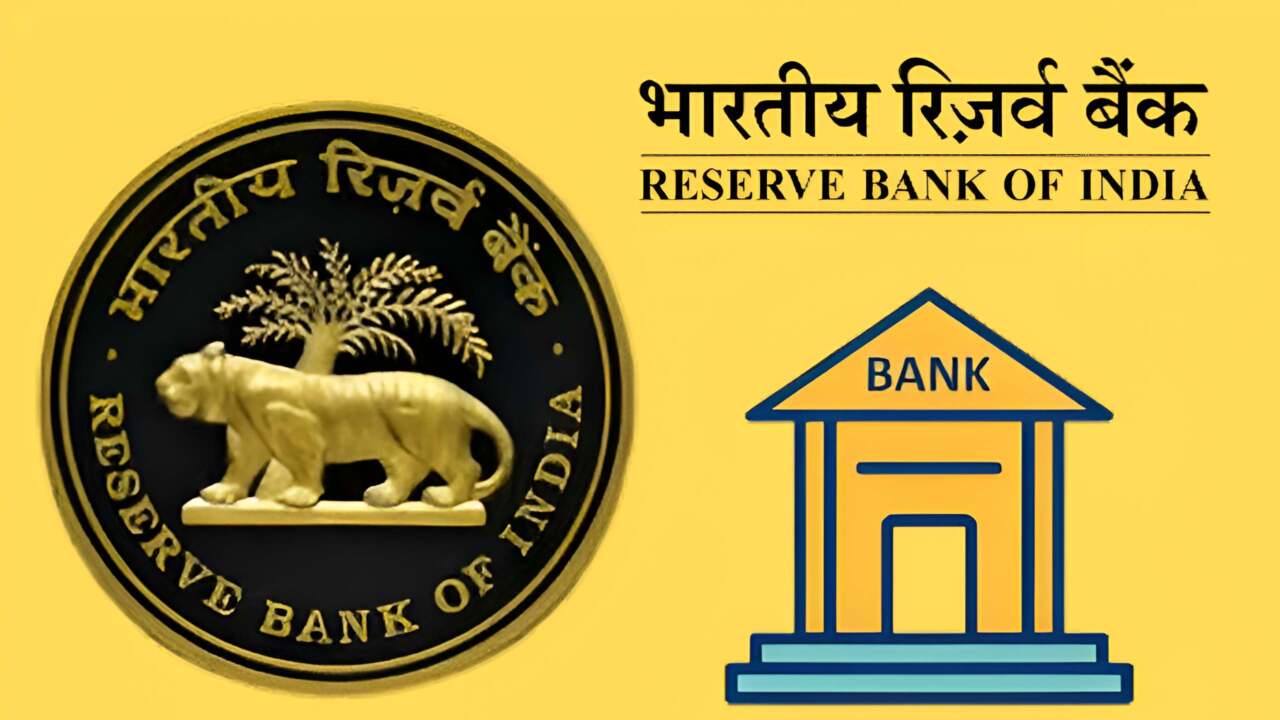“RBI has today published seven Directions/Circulars, proposing to change certain of the present Directions/Circulars applicable to banks and other regulated organizations,” the RBI said in an official statement on Monday.
With effect from October 1, 2025, the Reserve Bank of India (RBI) has given banks new guidelines pertaining to capital rules, lending against gold and silver collateral, and advance interest rates. In addition to these, the central bank has published draft rules for public input on credit information reporting, intragroup transactions, big exposures, and precious metal loans.
“RBI has today published seven Directions/Circulars, proposing to change certain of the present Directions/Circulars applicable to banks and other regulated organizations,” the RBI said in an official statement on Monday.
According to the recommendations, the Reserve Bank of India (Interest Rate on Advances) (Amendment Directions), 2025, has updated the regulations pertaining to loans with variable interest rates.
New guidelines for loans with variable rates
Currently, banks are permitted to create a spread for floating rate retail and MSME loans, which are tied to an external benchmark (such as the repo rate). It was only possible to alter these spreads once every three years, with the exception of the credit risk premium.
The RBI has now granted banks more latitude:
It is possible to lower spreads before the three-year mark in order to help borrowers.
Banks may provide customers the choice to move to fixed rates when their EMIs are reset, but this is entirely up to the bank and is no longer required.
Expanded availability of loans secured by gold and silver
Additionally, the RBI has expanded the range of loans secured by precious metals. Until recently, jewelers were mostly allowed to borrow against gold and silver.
Starting in October:
These loans are also available to borrowers that use gold as a raw material in manufacturing or industrial processes.
These loans are now available from Tier 3 and Tier 4 Urban Co-operative Banks, expanding the market’s participants.
Updated Basel III capital restrictions
under order to maintain the framework for scheduled commercial banks (apart from regional rural banks), the RBI has issued new guidelines for perpetual debt instruments under Additional Tier 1 Capital. This gives banks flexibility in obtaining capital while ensuring financial stability.
Draft rules for public comment
In addition to the required guidelines, the RBI has released four draft guidelines for public discussion, with the deadline for comments being October 20, 2025:
Jewelers now have a 270-day repayment term instead of only 180 days for Gold Metal Loans (GML), and domestic non-manufacturers that outsource jewelry are now eligible.
The Large Exposures Framework (LEF) and Intragroup Transactions (ITE) provide advantages for credit risk reduction, relate the ITE level to Tier-1 capital, and clarify regulations for international banks’ branches in India.
Credit Information Reporting: In order to include CKYC numbers and correct errors more quickly, data input to credit bureaus may soon move from biweekly to weekly.

